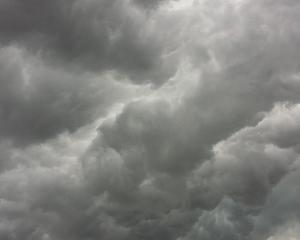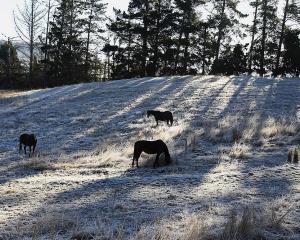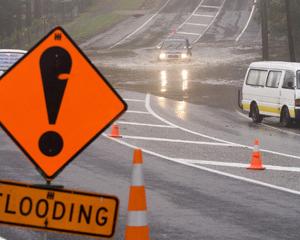Otago has recorded the country's lowest temperature and the gustiest wind for January; perfectly fitting Niwa's description of January being cool, windy and unsettled.
The first half of January was characterised by easterly and northerly winds, while the second half was very cool, with frequent southerly winds, Niwa climate scientist Georgina Griffiths said.
January's climate summary showed Ranfurly recorded the country's lowest temperature: -0.9degC on January 3, and the highest gust of 185kmh was recorded in the Rock and Pillar Range on January 31.
Ranfurly also recorded its third-highest rainfall total for January, of 137mm (283% of normal), since records began in 1943. Contributing to that total was its second-highest extreme one-day rainfall total of 50mm, on January 13.
Alexandra experienced its third-highest one-day extreme rainfall with 32mm on January 12.
Dunedin was the coldest of New Zealand's six main centres with its mean temperature 15degC (near average), just behind Christchurch's 15.9degC (well below average) and Wellington's 16degC (below average).
Dunedin experienced 86% of its normal rainfall for the month, with 62mm, above Christchurch's 51mm and Auckland's 55mm, but below Wellington's 108mm.
It also experienced about normal sunshine of 185 hours compared with 233 in Christchurch and 178 in Auckland.
Niwa's climate outlook for early autumn indicated inland Otago was to experience near-average or above-average temperatures and normal to below normal rainfalls, soil moisture levels and river flows.
Coastal Otago was expected to experience average autumn conditions in all aspects, and the moderate La Nina conditions were expected to continue through March, followed by an easing by early winter.







